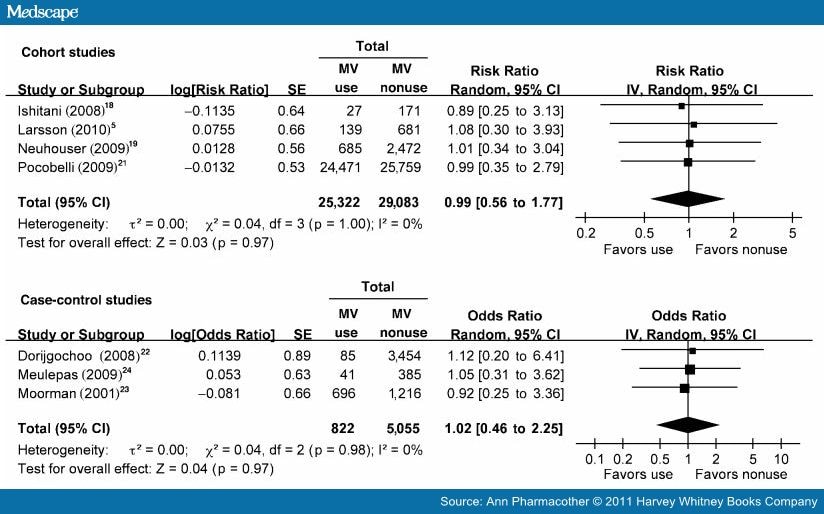
Tamoxifen (Nolvadex®), a selective estrogen receptor modulator (SERM) that works by blocking the binding of estrogen to the ER, has been considered the treatment of choice for estrogen abatement for the last twenty-five years. Modulation of estrogens and ERs can be accomplished by inhibiting ER binding, by downregulating ERs, or by decreasing estrogen production. While ovarian ablation (through surgery, irradiation, or medication) is still utilized clinically for some pre-menopausal breast cancer patients, extensive research has been performed to modify estrogen exposure pharmacologically. Modulation of estrogen exposure as a treatment for breast cancer began as early as the late nineteenth century when complete ovariectomy was noticed to have favorable effects on cancerous progression. Estrogens influence breast cancer development and progression by various methods including stimulation of cell proliferation through the ERα pathway, direct increases in rates of genetic mutations, or effects on the DNA repair system. Upon binding of estrogen, the ER dimerizes and binds to the estrogen-response element (ERE), causing transcription of estrogen dependent genes. Estrogens exhibit their effects through binding to one of two variants of ERs, ERα or ERβ. Estrogens have various effects throughout the body, including positive effects on the brain, bone, heart, liver, and vagina, with negative effects such as increased risk of breast and uterine cancers with prolonged estrogen exposure. In pre-menopausal women, estrogens are produced primarily through conversion of androgens in the ovaries while estrogen production in postmenopausal women occurs in only peripheral tissues. Two of the endogenous estrogens found in humans include estradiol and estrone.

Estrogens and the estrogen receptors (ERs) are widely recognized to play an important role in the development and progression of breast cancer, making estrogens and the ERs widely studied molecular targets. Numerous molecular targets have been identified as playing a significant role in breast cancer development and progression.

Numerous genetic mutations are necessary for breast cancer development and progression including the acquisition of the capabilities for self-sufficiency in growth signals, insensitivity to anti-growth signals, evasion of apoptosis, limitless replicative potential, sustained angiogenesis, and tissue invasion and metastasis, known collectively as the “hallmarks of cancer”. Breast cancer is thought to be a result of inherited genetic predisposition (e.g., mutations in genes such as BRCA-1, BRCA-2, p53, PTEN/MMAC1, and/or ATM) and/or environmental factors (e.g., radiation exposure, dietary factors, alcohol consumption, hormonal exposure).

In developed countries, mortality from breast cancer has recently begun to decline, primarily due to earlier detection and improved treatments. In the United States, over 178,000 women were expected to be diagnosed with breast cancer in 2007 with over 40,000 deaths occurring from the disease. Worldwide breast cancer estimates included over one million incident cases and almost 400,000 deaths in the year 2000.


 0 kommentar(er)
0 kommentar(er)
